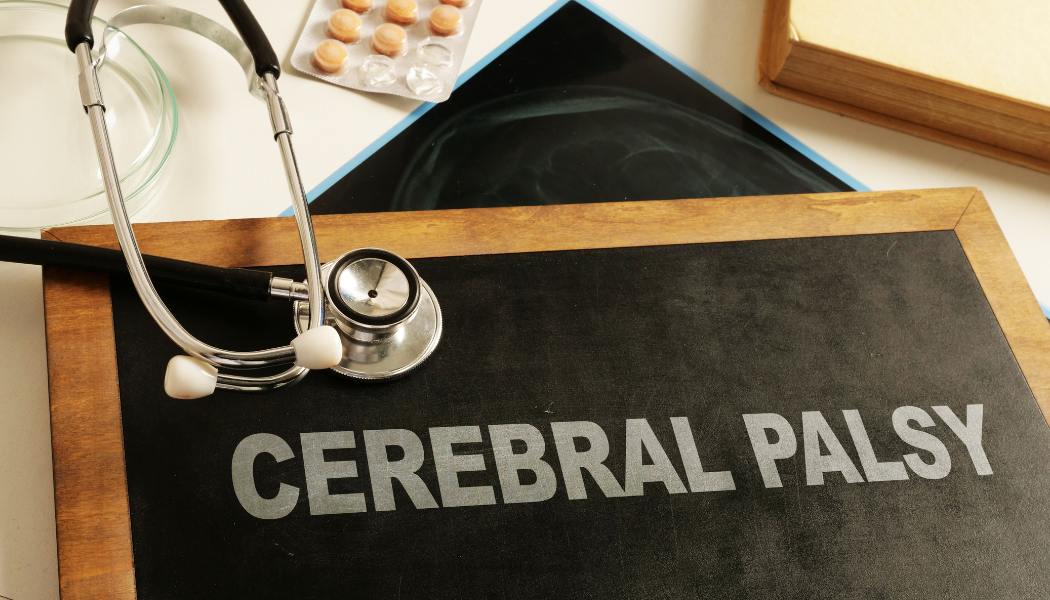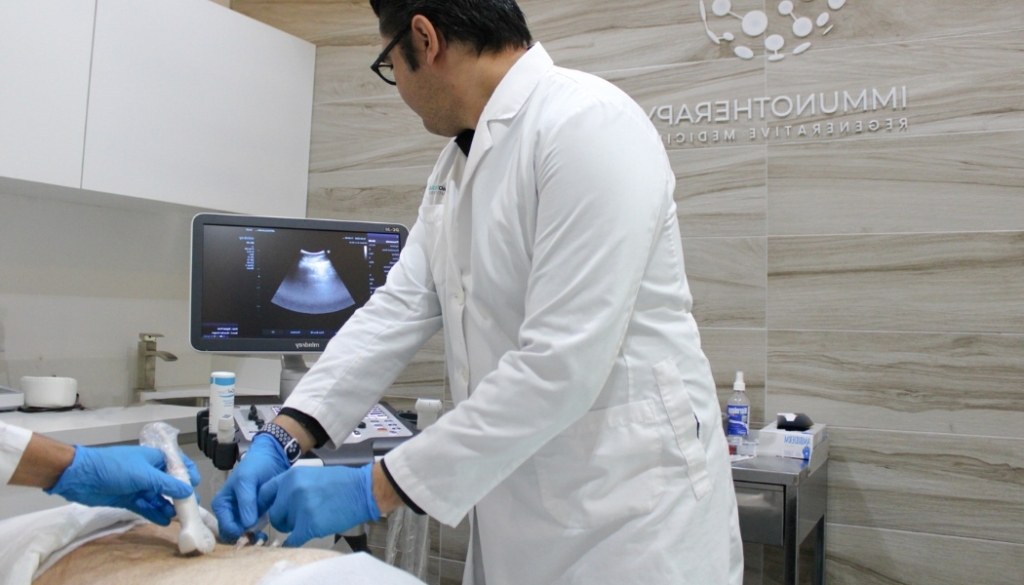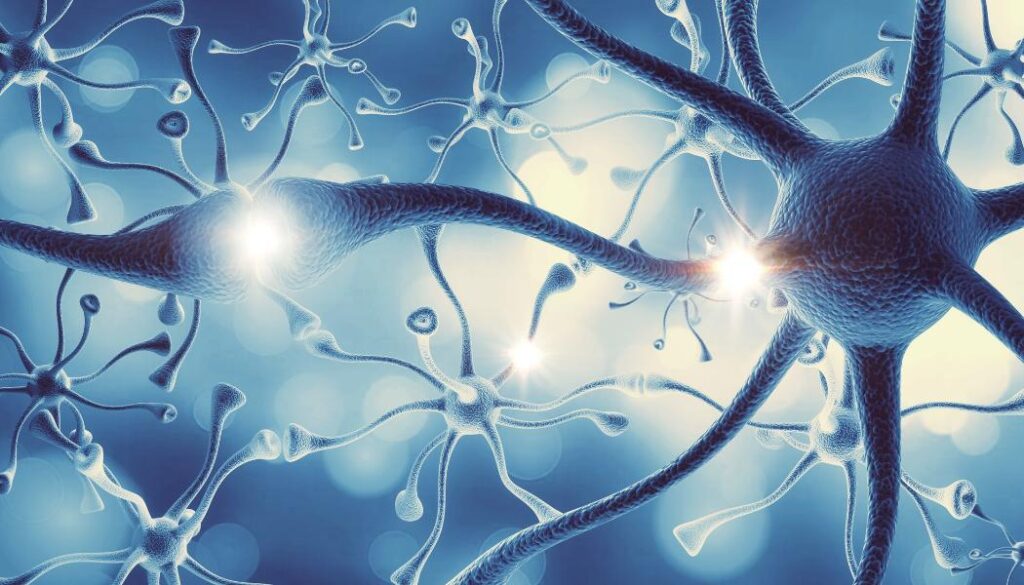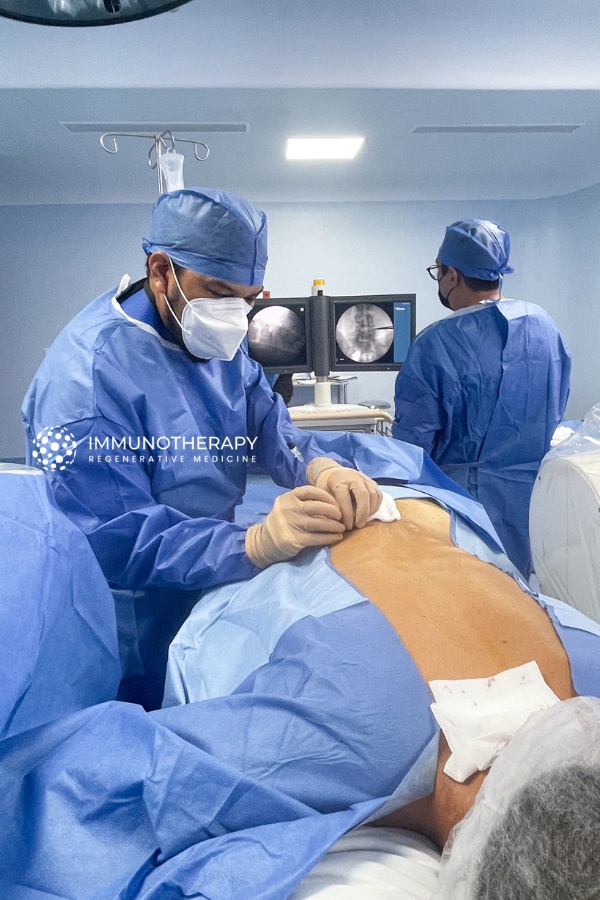Treatment of Cerebral Palsy Disease
Explore the latest advancements in treating Cerebral Palsy, focusing on innovative therapies like stem cell treatment to enhance patient outcomes.
Understanding Hashimoto’s Disease and Chronic Thyroiditis
Cerebral Palsy (CP) is a group of neurological disorders that appear in infancy or early childhood and permanently affect body movement, muscle coordination, and balance. It results from damage to the developing brain, often before birth, leading to varying degrees of physical disability. Symptoms can include spasticity, muscle weakness, and difficulties with coordination and balance.
The severity and combination of symptoms differ among individuals, making personalized treatment plans essential. While there is currently no cure for Cerebral Palsy, various therapies aim to manage symptoms and improve quality of life.

Traditional Treatments for Cerebral Palsy
Traditional management of Cerebral Palsy focuses on alleviating symptoms and enhancing functional abilities. Common approaches include:
- Physical Therapy: Exercises and activities designed to improve motor skills, balance, and coordination.
- Occupational Therapy: Assists individuals in developing daily living skills and adapting to their environment.
- Speech and Language Therapy: Helps with communication challenges and swallowing difficulties.
- Medicamentos: Used to manage muscle spasticity and control seizures.
- Surgical Interventions: Procedures to correct anatomical abnormalities or reduce muscle tightness.
These treatments aim to maximize independence and improve the overall quality of life for individuals with CP. However, they primarily address symptoms rather than the underlying neurological damage.
Innovative Treatments: Stem Cell Therapy for Cerebral Palsy
In recent years, terapia con células madre has emerged as a promising avenue for treating Cerebral Palsy. This approach focuses on repairing damaged neural tissues and potentially improving motor functions.
Stem cells are unique in their ability to develop into various cell types, including neurons and glial cells. In the context of CP, stem cell therapy aims to:
- Promote Neural Repair: Replacing or repairing damaged neurons to restore neural pathways.
- Reduce Inflammation: Modulating the immune response to decrease inflammation in the brain.
- Enhance Neuroprotection: Protecting existing neurons from further damage.
Research into stem cell and Cerebral Palsy has shown encouraging results. Clinical studies have reported improvements in motor function and muscle tone in some patients following stem cell therapy. However, it’s important to note that this treatment is still under investigation, and more extensive research is needed to establish its efficacy and safety fully.
Types of Stem Cells Used in Cerebral Palsy Treatment
Several types of stem cells are being explored for Cerebral Palsy treatment with stem cells:
- Mesenchymal Stem Cells (MSCs): Derived from bone marrow, adipose tissue, or umbilical cord tissue, MSCs have anti-inflammatory properties and the potential to differentiate into neural cells.
- Neural Stem Cells (NSCs): These are progenitor cells that can develop into neurons and glial cells, directly contributing to neural repair.
- Umbilical Cord Blood Stem Cells: Rich in hematopoietic and mesenchymal stem cells, they are considered for their regenerative capabilities.
Each type has its advantages and challenges, and ongoing research aims to determine the most effective sources and methods of administration for treating CP.
Current Research and Clinical Trials
The scientific community is actively investigating new treatments for Cerebral Palsy, with numerous clinical trials focusing on stem cell therapy. These studies aim to assess the safety, optimal dosing, and efficacy of various stem cell types in improving motor functions and overall quality of life for individuals with CP.
For instance, a study published in the Cerebral Palsy Foundation highlighted the potential of cell therapies for CP, discussing where the field stands today and the future directions of research.
Considerations and Future Directions
While stem cell therapy offers hope as a cure to Cerebral Palsy, it’s essential to approach this treatment with cautious optimism. Factors to consider include:
- Individual Variability: Responses to stem cell therapy can vary based on the severity of CP and individual health conditions.
- Regulatory Approval: Ensure treatments are conducted under approved clinical trials or by licensed medical professionals.
- Comprehensive Care: Stem cell therapy should complement, not replace, traditional therapies and interventions.
As research progresses, the integration of stem cell therapy into standard CP treatment protocols may become more prevalent, offering new avenues for improving patient outcomes.
La experiencia de nuestros pacientes
Conclusión
The treatment landscape for Cerebral Palsy is evolving, with terapia con células madre emerging as a promising option to address the underlying neural damage associated with the condition. While not yet a definitive cure, ongoing research and clinical trials continue to explore its potential in improving motor functions and enhancing the quality of life for individuals with CP.
Patients and caregivers are encouraged to stay informed about advancements in Cerebral Palsy stem cell treatments and consult with healthcare professionals to determine the most appropriate and comprehensive care plans tailored to individual needs.





